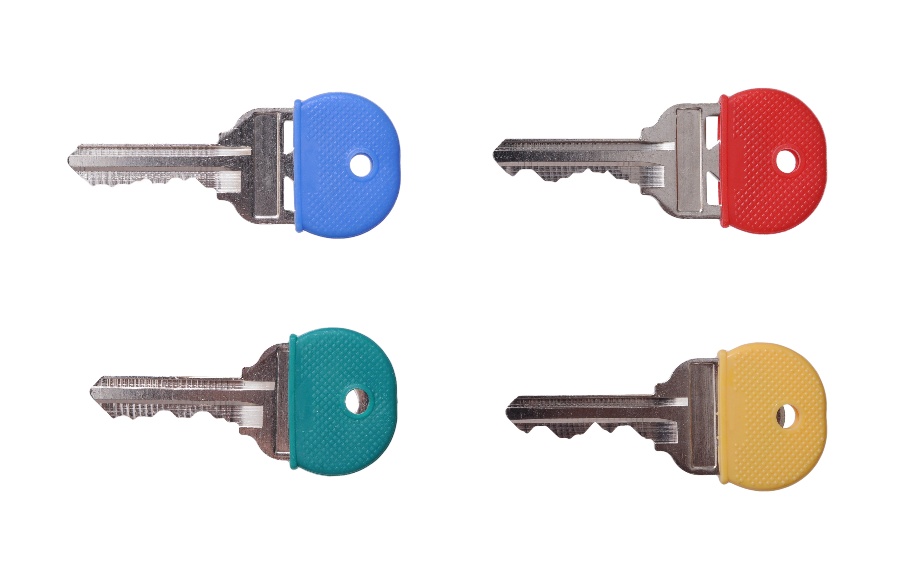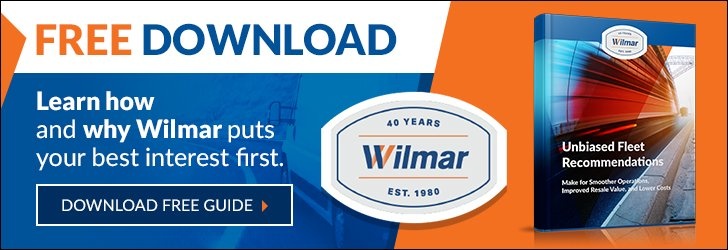
As with many niches, there are principles and practices in the transportation industry that must be respected to achieve a sustainable fleet management solution. Optimizations are then built on these fundamentals to minimize costs and run an excellent fleet operation for long-term success.
In this article, we outline the key areas to focus on, which, in turn, allows you to run a sustainable fleet company.
1. Leverage a Fleet Management System (FMS)
Fleet management helps you optimize your fleet's entire lifespan to reduce costs across the board. This means staying on top of legal regulations, fleet financing, vehicle maintenance to lower accidents and breakdown incidents, courier management, vehicle tracking, etc. Companies that depend heavily on transportation need a reliable way to track and maintain vehicle fleets. This is where an FMS comes in. It helps you do much more, including monitoring driver safety and complying with legal regulations like the Electronic Logging Device (ELD).
An ELD tracking system integrates with fleet engines. It uses sensors and GPS tracking to provide relevant data feeds such as real-time truck location, fuel consumption, mileage, engine fault codes, Hours of Service (HOS), and more. With the right FMS, companies pay attention to Key Performance Indicators (KPIs) and use authentic vehicle data feedback to improve business operational practices.
2. Develop a Clear Vehicle Acquisition Strategy
When it's time to make new fleet acquisitions, having a well-thought-out strategy can pay huge dividends in the long run. Vehicle acquisition involves a complex range of decisions, ranging from the types of trucks to purchase, their lifecycle, the best time to order, and from which Original Equipment Manufacturer (OEM).
The best practice for determining when to submit new orders is to answer the following questions successfully;
- Do you understand the cost of owning a fleet of vehicles and how to calculate the Total Cost of Ownership (TCO)?
- When are the trucks needed?
- What is the estimated shipping period?
- Is upfitting required? If yes, do you have a strategy to streamline upfit lead time to ensure there are no delivery delays?
While the vehicle acquisition process mainly focuses on vehicle order and delivery, it's good to have a list of approved specs options from which your fleet drivers can choose. The goal is to offer clear guidance to drivers on trim-level requirements or special equipment options for a seamless acquisition process.
3. Have a Defined Vehicle Charter Framework
An automobile charter is a document that gathers vital information regarding the daily use of trucks and provides a series of rules fleet drivers should adhere to. Implementing a charter is essential as it can help mitigate disagreements among the involved parties on how a vehicle should be used.
A charter also lets you set up preventive fleet safety programs to avoid costly breakdowns and downtimes. Because an automobile charter is a two-way exchange between employees and drivers, it enables you to build an optimized, efficient, and well-organized fleet.
4. Empower Those in Your Employ
Drivers are not only goldmines but also the keystone of your system. Without them, your fleet is just a pile of metal on the ground. Yet, fleet drivers are often overlooked by employers, creating one of the vocations with the highest turnover. It's important to help them progress to reduce employee churn, maintain fleet safety, and driver ELD compliance to build a competent team.
Conclusion
While we've only mentioned four areas you should concentrate on to create a sustainable fleet management solution, there are countless more ways to improve the efficiency of your fleet.
The good news is that you don't have to do it alone. Outsourcing the expertise of a trusted fleet safety and management service provider like Wilmar Inc. can help you lower operational costs and sustain an efficient, profit-driven fleet. Don't hesitate to contact us today for invaluable information on fleet management solutions.








